To accompany your Come Follow Me study for May 2-8
In addition to reading the indicated chapters, you may wish to:
- Read the applicable portions of the Old Testament Institute Student Manual at https://www.churchofjesuschrist.org/study/manual/old-testament-student-manual-genesis-2-samuel/exodus-25-30-35-40-the-house-of-the-lord-in-the-wilderness?lang=eng
- See the video Sacred Temple Clothing at https://www.churchofjesuschrist.org/media/video/2020-01-0100-sacred-temple-clothing?lang=eng
- See the video Come Follow Me 2022 (May 2-8) Exodus 35-40 | Tabernacle Spectaculacle at https://www.youtube.com/watch?v=s6pivnn-qek&t=1s
- See the video The Tabernacle at https://www.youtube.com/watch?v=Q_S-9NP9OeA
If you would like a Kahoot game related to this material which you could use for personal study or use with your family or your class, click here: https://create.kahoot.it/share/exodus-35-40-leviticus-1-16-19/0b8b87c2-6c42-4b8f-a865-ebd14f4ce2cd
Points to Ponder in Exodus 35-40; Leviticus 1; 16; 19
1. Of what possible value is all the detail in these chapters concerning the construction of the tabernacle? What underlying principles can you discover that have application to our temple worship today?
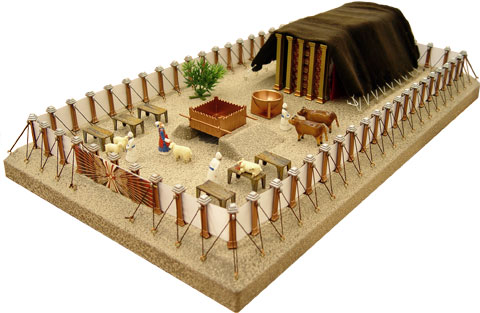
2. Why did Moses ask for donations only from the willing hearted? (Exodus 35:5, 21-22, 29, 36:2, Wouldn’t it have been only fair for the more hesitant to have been required to sacrifice as well? What parallel can you see between this approach to building the tabernacle and our service in modern temples?

3. What do we learn in Leviticus 1 about the symbolism of the mandated animal sacrifices?
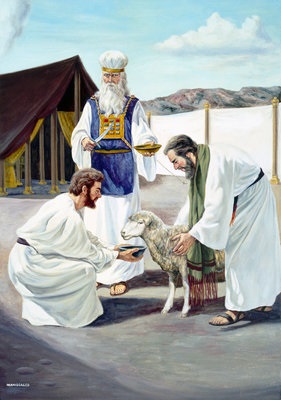
4. What is worth remembering about the instructions in Leviticus 16 concerning the offering of the two goats?
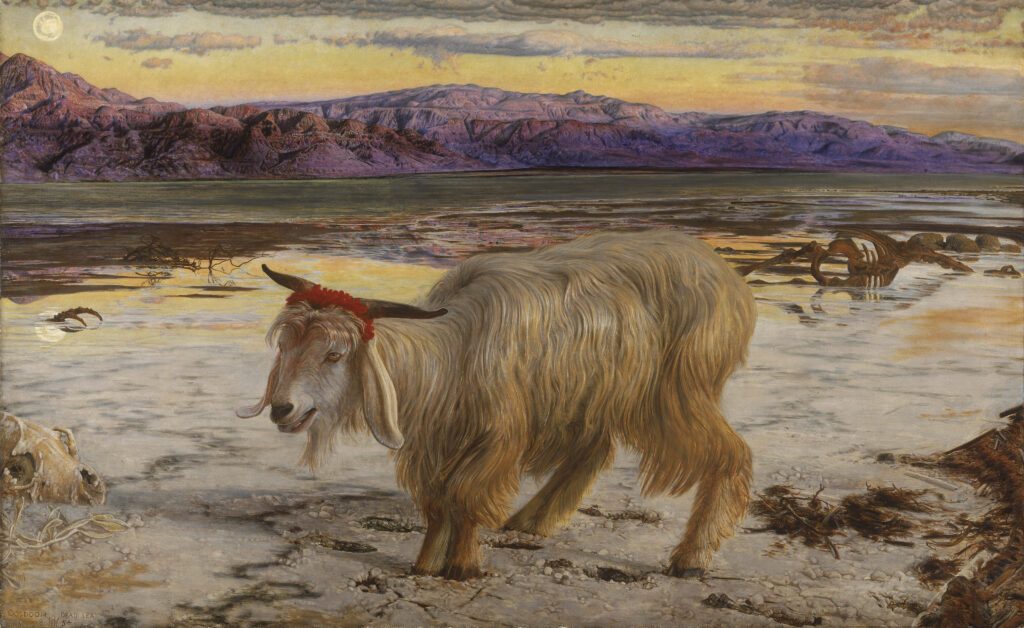
5. What verses in Leviticus 19 did you consider worth highlighting? Why?
6. Why would the Lord be concerned about different kinds of cattle breeding together? (19:19)
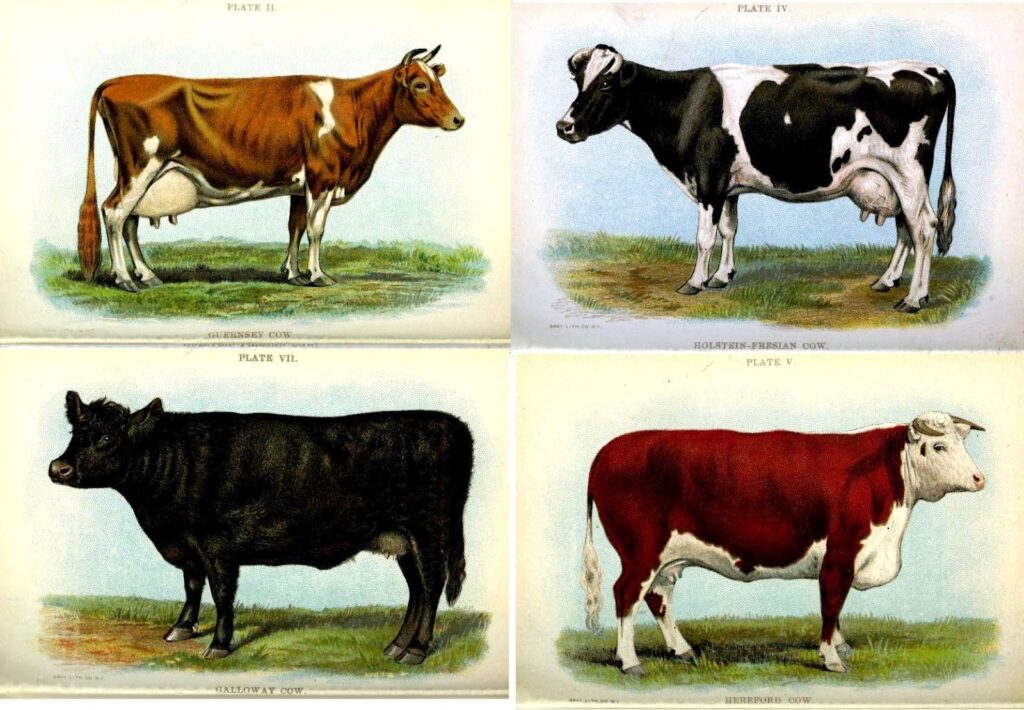
7. Does Leviticus 19:28 mean we should avoid tattoos and body piercings?

8. Does Leviticus 19:34 mean Latter-day Saints should be advocates for open borders?
Possible Answers to Points to Ponder in Exodus 35-40; Leviticus 1; 16; 19
1. Of what possible value is all the detail in these chapters concerning the construction of the tabernacle? What underlying principles can you discover that have application to our temple worship today?
- The Lord’s willingness to go into such detail indicates the importance He attaches to temples. It is probably quite unnecessary for us to understand all the details of construction, but we can be impressed with the Lord’s involvement, just as He revealed details of the construction of the Kirtland and Nauvoo temples to the Prophet Joseph Smith.
- The Israelites, in their comparatively impoverished state in the desert, were asked to contribute the finest materials available to make a beautiful structure symbolic of the very presence of God. Similarly, we need not apologize for using the finest materials available in our temples today. Ancient Israel never rose to greater heights than they did in their generous and heart-felt contributions to the building of the tabernacle.
- The description of the glory attending the completed tabernacle (40:34-38) reminds us of the spirit we can feel as we attend temples today.
- The “mercy seat” (the lid of the ark of the covenant) was designated as the place where God would communicate with Moses. (Exodus 25:22; Leviticus 16:2.) We similarly can receive revelation in today’s temples to bless our lives and direct our paths.

- We learn that there was rich symbolism in the ancient tabernacle, just as there is in today’s temples and temple ordinances, all pointing to the Savior and His atonement. This included:
- Ordinances of washing and anointing with holy oil (Exodus 37:29; 40:12-13; D&C 124:39)
- Special clothing, including underclothing, reminiscent of the ceremonial clothing used in temples today. Items mentioned include a robe, an ephod (or apron), cap or “mitre,” and a sash. (Exodus 39:1, 27-30, 40:13; Preparing to Enter the Holy Temple, p. 32.)
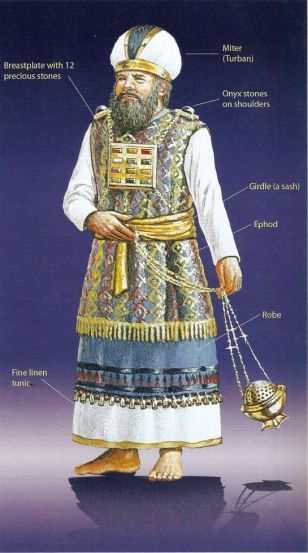
- An altar for sacrifice. Anciently, animals were sacrificed. In today’s temples we are invited to enter into a covenant of sacrifice. (See https://www.churchofjesuschrist.org/study/manual/about-the-temple-endowment/about-about-the-temple-endowment?lang=eng.)
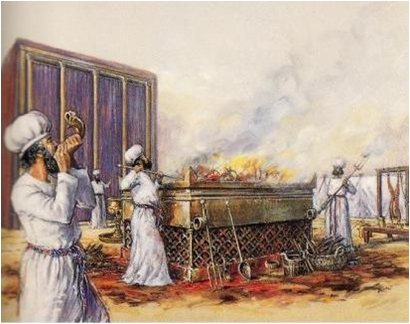

- A veil separating the Holy Place from the Holy of Holies. (Exodus 26:31-37)

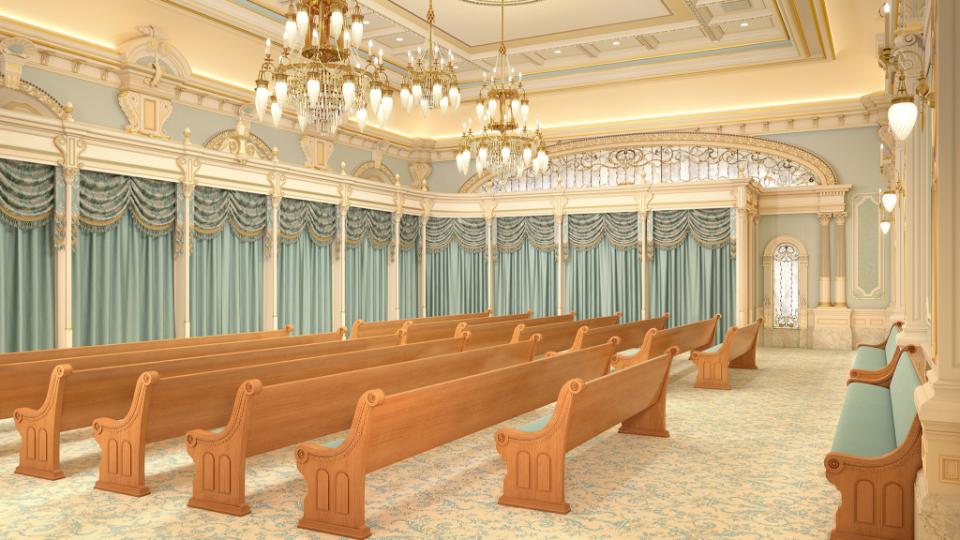
- Three major compartments in the tabernacle correspond roughly to the telestial, terrestrial, and celestial rooms in Latter-day Saint temples.
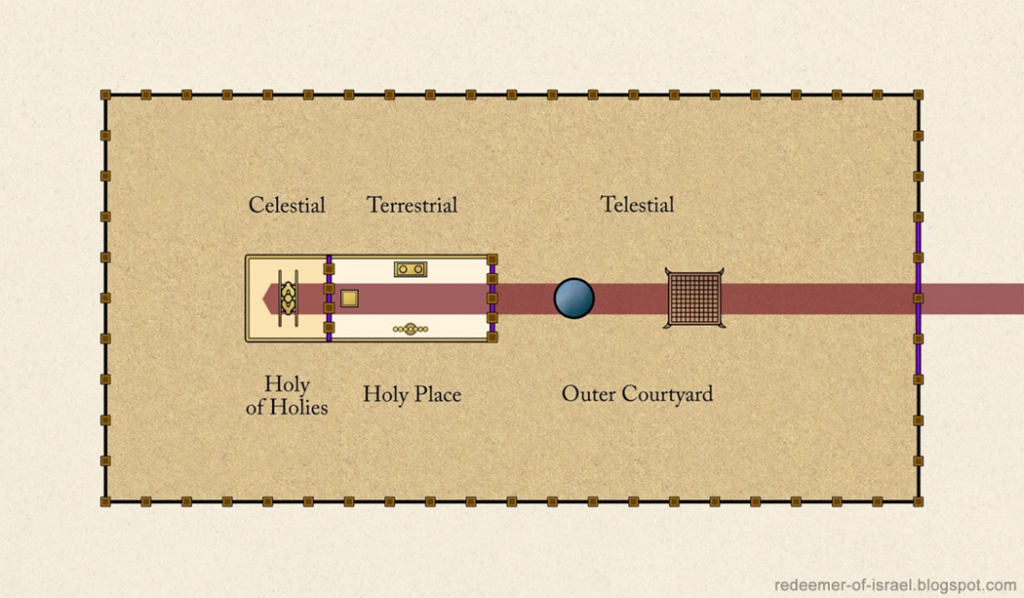
- The phrase Holiness to the Lord, emblazoned on the mitre of the ancient high priest, is on the façade of every Latter-day Saint temple today. (Exodus 39:30)
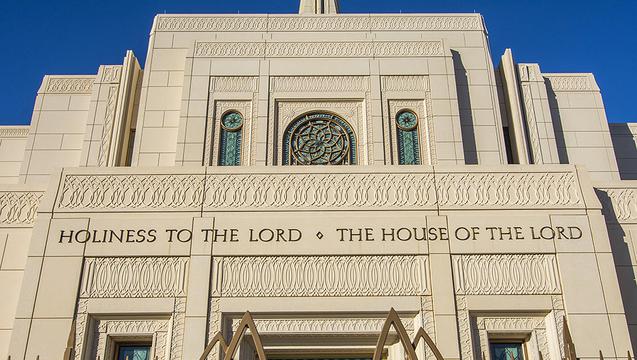
2. Why did Moses ask for donations only from the willing hearted? (Exodus 35:5, 21-22, 29, 36:2, Wouldn’t it have been only fair for the more hesitant to have been required to sacrifice as well? What parallel can you see between this approach to building the tabernacle and our service in modern temples?
As Moroni 7:6 indicates, only willing gifts are of any benefit to the giver. Similarly, the Church does not specify quotas for temple attendance today but invites all to attend as often as their desires and circumstances will allow. The same principle applies to family history research and indexing.
3. What do we learn in Leviticus 1 about the symbolism of the mandated animal sacrifices?
- Anyone offering sacrifice was to do it “of his own voluntary will,” as an indication of his faith.
- The animal was to be a male “without blemish,” symbolic of the Son of God, the only sinless man to ever walk the earth.
- Special instructions were given as to the disposition of the blood, which symbolized the blood which would be shed by Jesus Christ.
4. What is worth remembering about the instructions in Leviticus 16 concerning the offering of the two goats?
- The symbolic transferal of the sins of the congregation to the second goat, or “scapegoat,” represented the transferal of our sins to Jesus Christ, who would make payment for them.
- The details of the disposition of the blood of the other goat, offered as a sin offering, reminds us again of the blood of Christ.
5. What verses in Leviticus 19 did you consider worth highlighting? Why?
Your choice. This is one of the comparatively few really great moral chapters in the entire Old Testament. In my own scriptures I marked:
- 19:1: These are not just wise sayings of Moses but the revealed word of the Lord.
- 19:2: Similar to the later teaching of Jesus to be perfect, even as He or our Father in Heaven is perfect.
- 19:5: Another reminder of the importance of willing sacrifice.
- 19:10: The Lord’s earliest welfare program.
- 19:16: Gossip is forbidden.
- 19:18: 99% of those asked would tell us that “thou shalt love thy neighbour as thyself” is from the New Testament, but in that form it appears only here in Leviticus. Jesus gave a paraphrase of it in the Sermon on the Mount (Matthew 7:12), but indicates that He is citing “the law and the prophets.”
- 19:19: See question #6 below.
- 19:28: See question #7 below.
- 19:34: See question #8 below.
6. Why would the Lord be concerned about different kinds of cattle breeding together? (19:19)
He is no doubt trying to remind Israel of the importance of not intermarrying with those not of the faith.
7. Does Leviticus 19:28 mean we should avoid tattoos and body piercings?
The prohibitions of Leviticus 19:28 may have been more to keep the Israelites from copying ancient pagan practices, which may have led to their further immersion in apostate religious practices. But today’s Church leaders, for reasons related to the sanctity of the body, do indeed counsel against tattoos and “excessive” body piercings, which have been defined as more than one pair of earrings for young women. See: https://www.churchofjesuschrist.org/study/manual/for-the-strength-of-youth/dress-and-appearance?lang=eng and https://www.churchofjesuschrist.org/study/manual/gospel-topics/tattooing?lang=eng.
8. Does Leviticus 19:34 mean Latter-day Saints should be advocates for open borders?
Not necessarily. But the Church did support the Utah Compact relative to immigration reform in 2010. Details can be found at: https://www.deseret.com/2010/11/12/20152257/official-text-of-utah-compact-declaration-on-immigration-reform and https://newsroom.churchofjesuschrist.org/article/church-supports-principles-of-utah-compact-on-immigration. While recognizing the right of nations to control their borders, they Church does advocate a welcoming attitude toward immigrants and refugees, in the spirit of Leviticus 19:34, remembering that Latter-day Saints in the early days of the Church were themselves refugees and were blessed by welcoming neighbors in Clay County, Missouri, and Quincy, Illinois, among others.

My Dad learned about this blog from Bob Cazier. He shared it with me and i ADORE IT!!!!! Beat kept secret! I love the tough questions and proposed answers! Including the way you don’t side step tough issues. And the best links and resources, and study questions. Just outstanding! Bravo!!! Thank you.